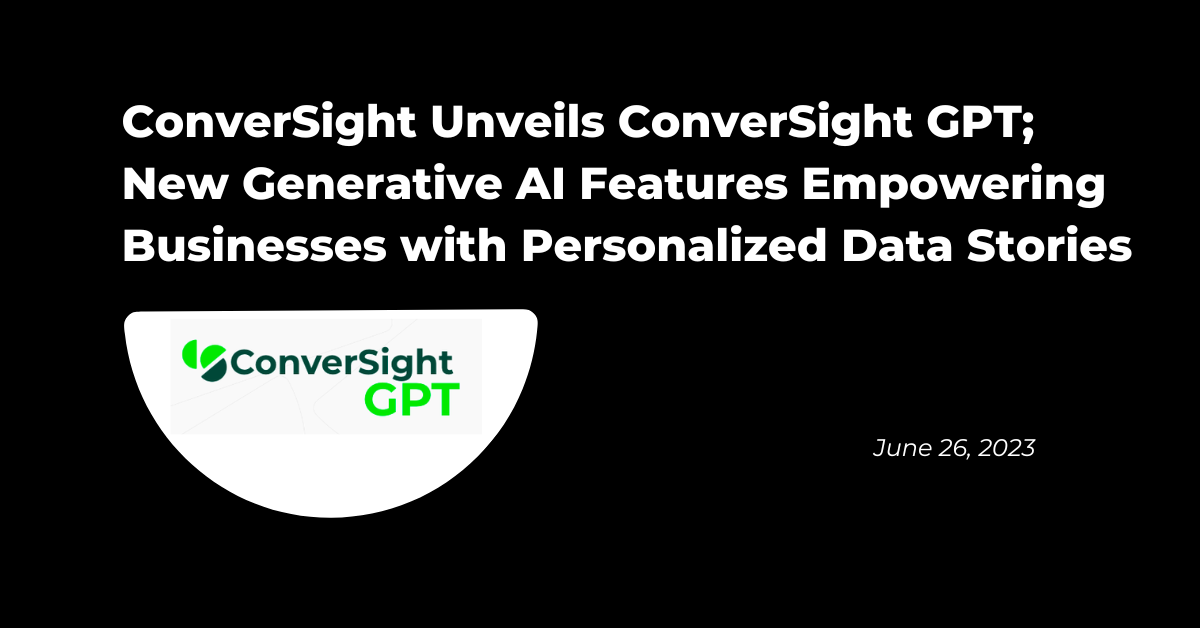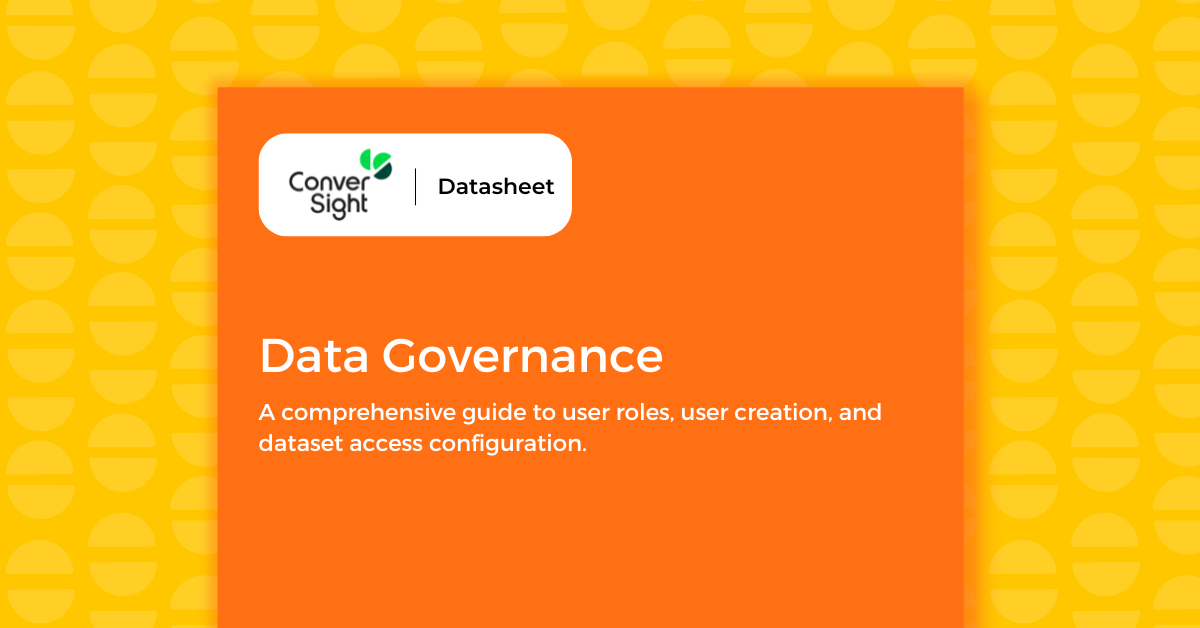
Data is a crucial asset for any organization, and its proper management is essential to make informed business decisions. Organizations need to ensure that their data is properly managed, protected, and governed. However, with the increasing amount of data being generated and collected, it is becoming increasingly challenging to maintain data quality. This is where data governance comes into play. Data governance refers to a set of best practices, policies, procedures, and standards that ensure the effective management of data throughout its lifecycle.
Proper data governance practices help organizations to comply with regulations, reduce risks, and increase the overall value of their data assets. It involves establishing clear roles and responsibilities for managing data, maintaining data privacy and security, and ensuring data quality. Therefore, it is essential to implement a comprehensive data governance framework to ensure the effective management of data throughout its lifecycle and make informed business decisions.
ConverSight’s Role and User Access Management
ConverSight is a powerful data analytics platform that offers robust data governance features to help organizations manage their data effectively. One of the key features of ConverSight’s data governance capabilities is the ability to establish dataset access. This feature ensures that only authorized personnel have access to data, thereby minimizing the risk of data breaches or unauthorized use. To further enhance data governance, ConverSight offers three roles: User, Data Administrator, and Organization Administrator, each providing different levels of access to the platform’s features and capabilities. The User role allows users to access the platform’s data visualization and reporting capabilities. The Data Administrator role is responsible for managing data sources, data models, and data transformation rules. The Organization Administrator role is responsible for managing users, permissions, and organizational settings.
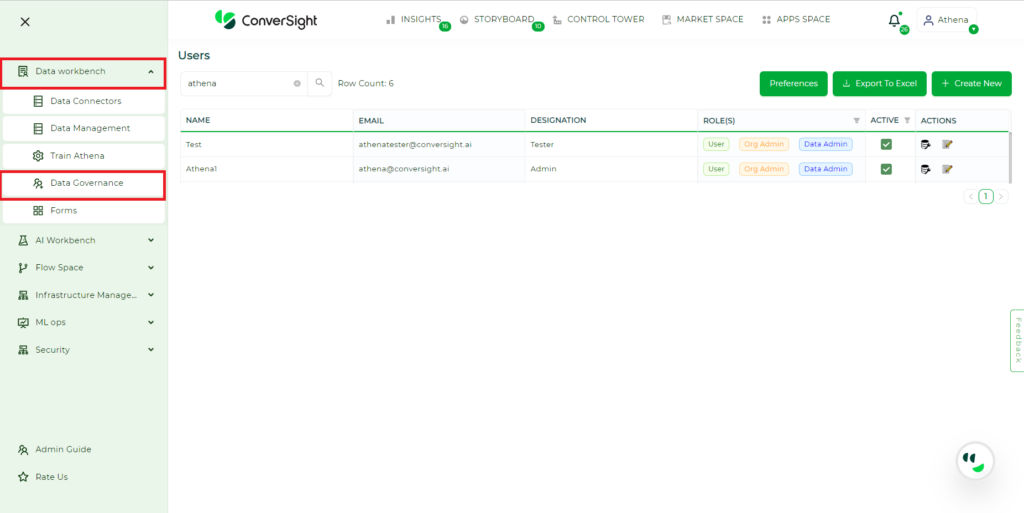
Creating and managing user access on the ConverSight platform is a streamlined process that puts organizations in control. As an Organization Administrator, you can easily add new users by accessing the platform’s dashboard and navigating to the ‘Data Governance’ page. With just a few clicks, you can fill in the required details such as name, email address, designation, and assign the appropriate user role, which can be User, Data Admin, or Org Admin.

Controlling dataset access is made simple in ConverSight using the Role and Group features. To configure dataset access, simply select the desired user from the list and click on the ‘Dataset Access’ icon in the ‘Action’ column. This action will open up a menu where you can choose the specific dataset to grant access. Then, use the Role and Group features to assign specific data access privileges to the user.
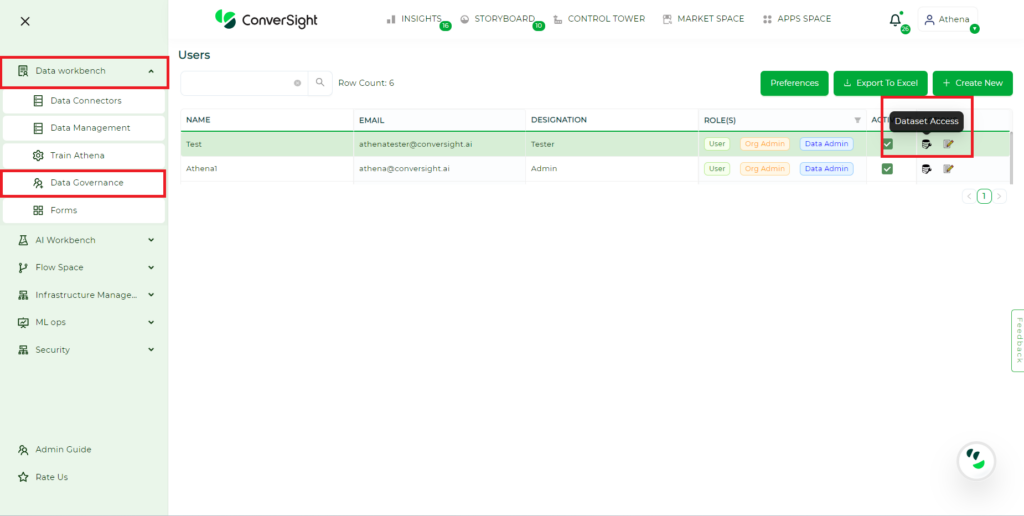
The ‘Role’ feature allows assigning specific data access privileges to users based on their roles and responsibilities. With this feature, users can be assigned roles with varying levels of access to data. For instance, a user might have limited access to data, while a data admin might have full access. An org admin could have access to all data in the organization and even set parameters, such as limiting access to specific columns to restrict access to sensitive data.
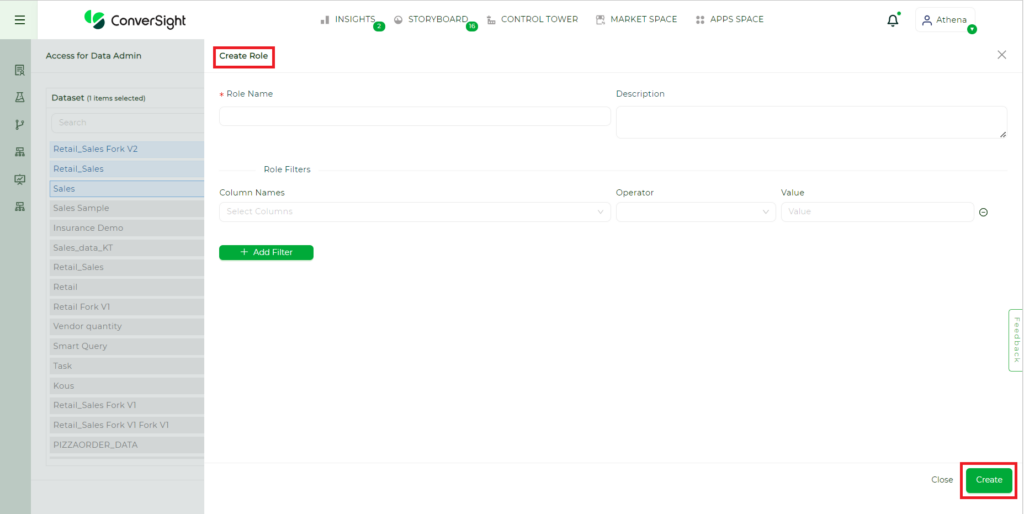
On the other hand, the ‘Group’ feature allows granting access to specific columns within a dataset. This feature is especially useful when users need access to only a subset of available data columns and not the entire dataset. For example, a user might have access to only the sales data columns and not the employee information columns. Multiple users can be granted access to the data simultaneously by creating a group.
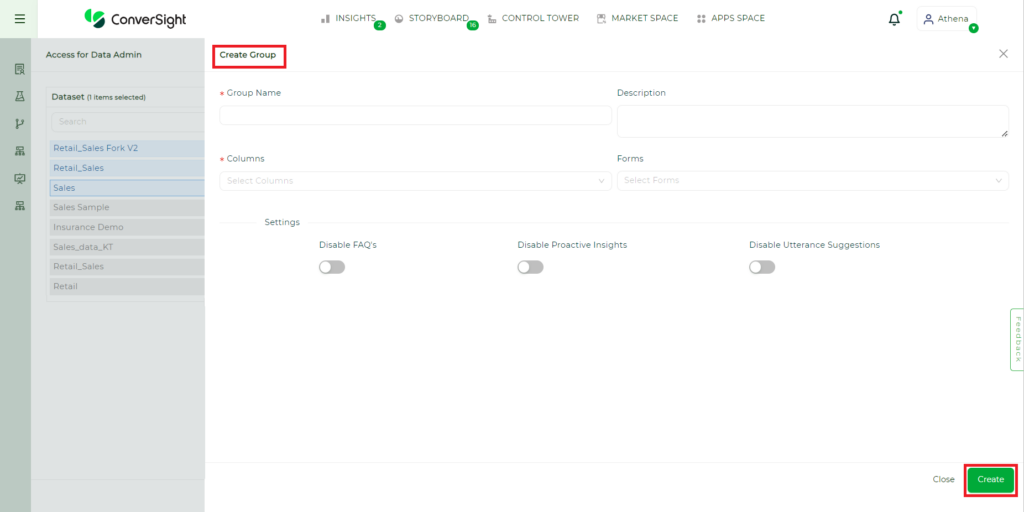
ConverSight’s robust data governance capabilities enable organizations to effectively handle, safeguard and oversee their data throughout its entire lifecycle. With role-based access control, organizations ensure data security by granting specific data access. By establishing dataset access and embracing data governance, organizations can fully utilize the potential of their data. This empowers organizations to drive innovation, maintain a competitive edge and navigate today’s rapidly evolving landscape. Effective data governance is crucial to make informed decisions, uncover opportunities and achieve strategic objectives.

